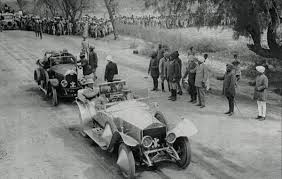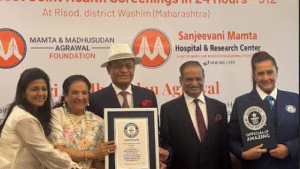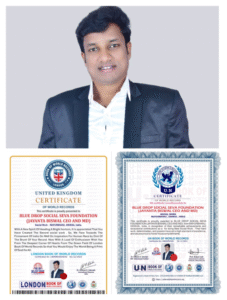The first motor car in India is widely believed to have been imported in 1892 by the Maharaja of Patiala, a princely state in Punjab. The car was a De Dion-Bouton, a French make, and marked the beginning of the automobile era in India. Here’s a bit more detail about the incident and the context:
Origin: De Dion-Bouton was a pioneering French automobile manufacturer founded in 1883. By the 1890s, it was one of the most innovative and successful motor vehicle companies in Europe.
Technology: Their early vehicles were steam-powered tricycles and quadricycles, and later petrol-driven vehicles. De Dion-Bouton was known for introducing lightweight, high-speed engines.
The car imported to India was likely one of their early petrol-run tricycles or quadricycles, given the timeline.
The Maharaja of Patiala (possibly Bhupinder Singh or his predecessor Rajinder Singh) was known for his fascination with Western innovations, lifestyle, and technology.
His interest in modernization and luxury led him to bring in one of the first cars to India—at a time when even Europe was just warming up to automobiles.
The Indian subcontinent was still under British rule.
Roads were primitive and barely suitable for motor cars, especially in rural or princely states.
The arrival of this car in 1892 predated even the regular use of motor cars in Britain or the U.S., making this a remarkably early adoption of automotive technology in India.
Since there were no proper roads or mechanics, early car owners like the Maharaja had to import not just the car, but also chauffeurs and mechanics from Europe.
Some early stories mention how locals mistook the car for a “devil’s chariot” or a creature because of the loud noise and smoke!







